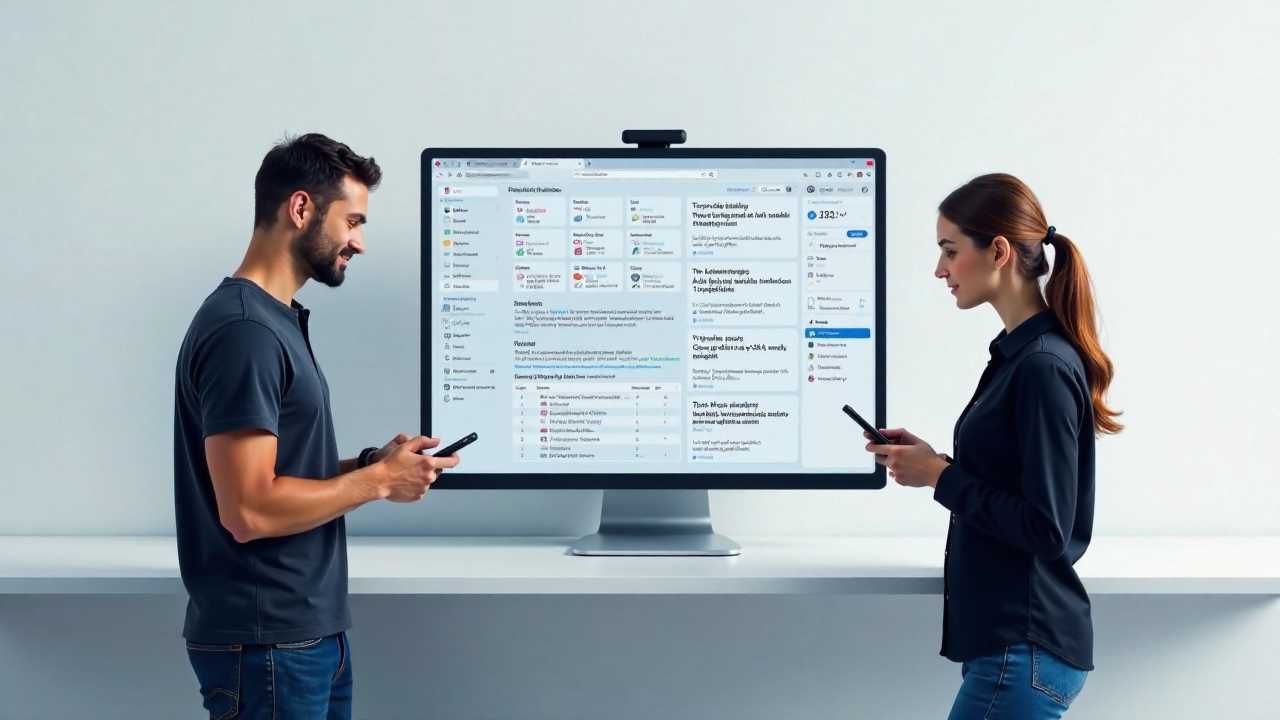
Understanding AI-Powered Personal Assistants
AI-powered personal assistants are revolutionizing the way we interact with technology. These sophisticated tools utilize advanced Machine Learning algorithms to understand user preferences and behaviors, making them invaluable in our daily routines. By analyzing vast amounts of data, these assistants can provide personalized recommendations, automate tasks, and enhance productivity.
The integration of Natural Language Processing (NLP) allows these assistants to comprehend and respond to human language in a conversational manner. This capability not only improves user experience but also enables seamless communication between humans and machines. As we explore the features and benefits of AI-powered personal assistants, it becomes clear that they are more than just tools; they are companions that adapt to our needs.
The Role of Machine Learning in Personal Assistants
Machine Learning is at the core of AI-powered personal assistants. This technology enables these systems to learn from user interactions and improve over time. For instance, when you ask your assistant to set reminders or answer questions, it gathers data on your preferences and habits. This information is then used to refine its responses and suggestions, creating a more tailored experience.
The algorithms behind Machine Learning can identify patterns in data, allowing personal assistants to predict user needs. For example, if you frequently ask for weather updates in the morning, your assistant may proactively provide this information without you needing to ask. This level of automation not only saves time but also enhances the overall user experience.
Natural Language Processing: Bridging the Communication Gap
Natural Language Processing is a critical component that enables AI-powered personal assistants to understand and interpret human language. NLP algorithms analyze the structure and meaning of words, allowing the assistant to grasp context and intent. This capability is essential for effective communication, as it ensures that the assistant can respond accurately to user queries.
For instance, when a user asks, "What's the weather like today?" the assistant uses NLP to comprehend the question and retrieve relevant information. This technology also allows for voice recognition, enabling users to interact with their assistants through spoken commands. The combination of NLP and voice recognition creates a more intuitive and user-friendly interface, making technology accessible to everyone.
Automation: Streamlining Daily Tasks
One of the most significant advantages of AI-powered personal assistants is their ability to automate routine tasks. From scheduling appointments to managing emails, these assistants can handle various responsibilities, freeing up valuable time for users. Automation is particularly beneficial in professional settings, where efficiency is paramount.
For example, an AI-powered assistant can analyze your calendar and suggest optimal meeting times based on your availability. It can also send reminders for upcoming deadlines, ensuring that you stay organized and on track. By automating these tasks, personal assistants help reduce cognitive load, allowing users to focus on more critical aspects of their work and personal lives.
Voice Recognition: A Seamless User Experience
Voice Recognition technology has transformed the way we interact with AI-powered personal assistants. This feature allows users to communicate with their assistants using natural speech, making the experience more engaging and efficient. Voice recognition eliminates the need for manual input, enabling hands-free operation that is particularly useful in multitasking scenarios.
The accuracy of voice recognition systems has improved significantly, thanks to advancements in Machine Learning and NLP. This progress ensures that personal assistants can understand various accents, dialects, and speech patterns, making them accessible to a broader audience. As a result, users can interact with their assistants effortlessly, whether they are cooking, driving, or working.
Data Analytics: Enhancing Personalization
Data Analytics plays a vital role in the functionality of AI-powered personal assistants. By analyzing user data, these assistants can provide insights and recommendations tailored to individual preferences. This level of personalization enhances user satisfaction and fosters a deeper connection between users and their assistants.
For instance, if a user frequently listens to specific genres of music, the assistant can curate playlists based on those preferences. Similarly, by analyzing shopping habits, the assistant can suggest products or services that align with the user's interests. This data-driven approach not only improves the user experience but also encourages engagement with the assistant.
User Interface: Designing for Accessibility
The User Interface (UI) of AI-powered personal assistants is crucial for ensuring a positive user experience. A well-designed UI allows users to navigate the assistant's features effortlessly, making technology more accessible. The integration of intuitive design elements, such as voice commands and visual displays, enhances usability and encourages interaction.
Moreover, a user-friendly interface can significantly impact user adoption rates. When individuals find it easy to interact with their personal assistants, they are more likely to incorporate these tools into their daily lives. As technology continues to evolve, the focus on creating accessible and engaging UIs will remain paramount in the development of AI-powered personal assistants.
The Future of AI-Powered Personal Assistants
As technology advances, the capabilities of AI-powered personal assistants will continue to expand. Innovations in Machine Learning, Natural Language Processing, and Data Analytics will lead to even more sophisticated assistants that can understand and anticipate user needs. The integration of emerging technologies, such as augmented reality and the Internet of Things (IoT), will further enhance the functionality of these assistants, making them indispensable in our everyday lives.
In summary, AI-powered personal assistants are transforming the way we interact with technology. By leveraging Machine Learning, Natural Language Processing, Automation, Voice Recognition, Data Analytics, and a user-friendly User Interface, these assistants are becoming essential tools for enhancing productivity and improving our daily experiences. As we look to the future, the potential for these technologies to evolve and enrich our lives is limitless.
 Business & FinanceHealth & MedicineTechnologyLifestyle & CultureScience & EnvironmentWorld NewsPrivacy PolicyTerms And Conditions
Business & FinanceHealth & MedicineTechnologyLifestyle & CultureScience & EnvironmentWorld NewsPrivacy PolicyTerms And Conditions
